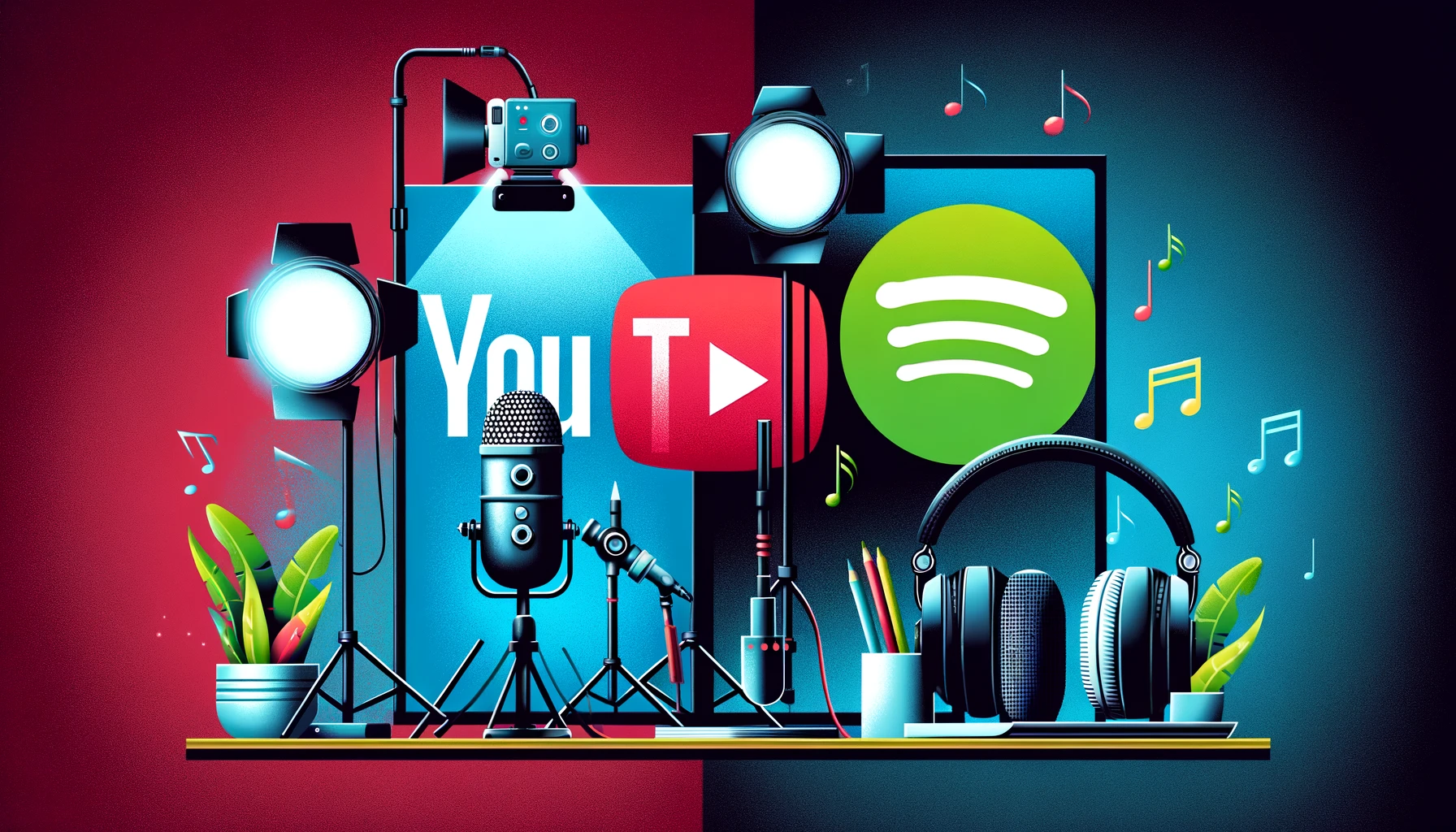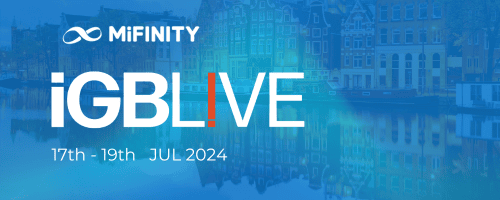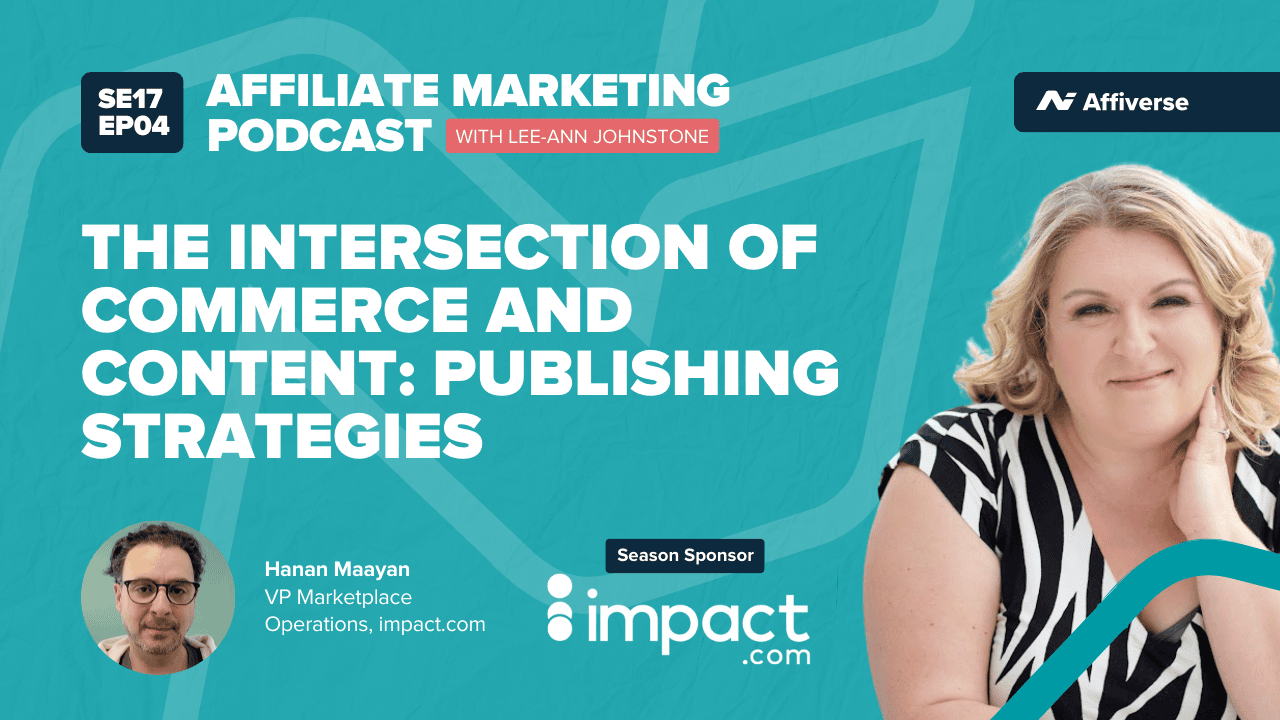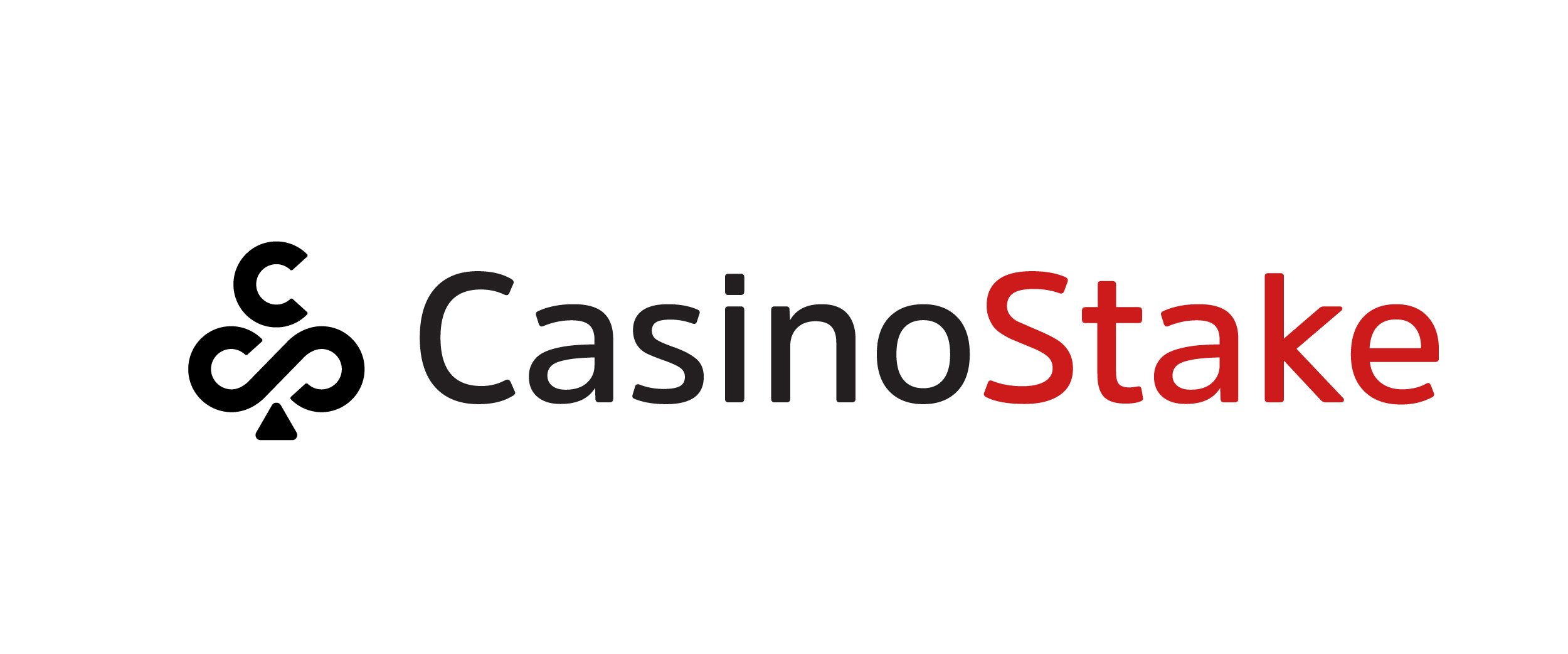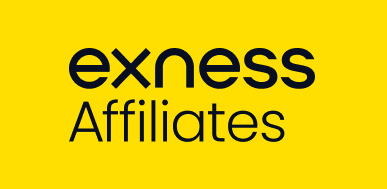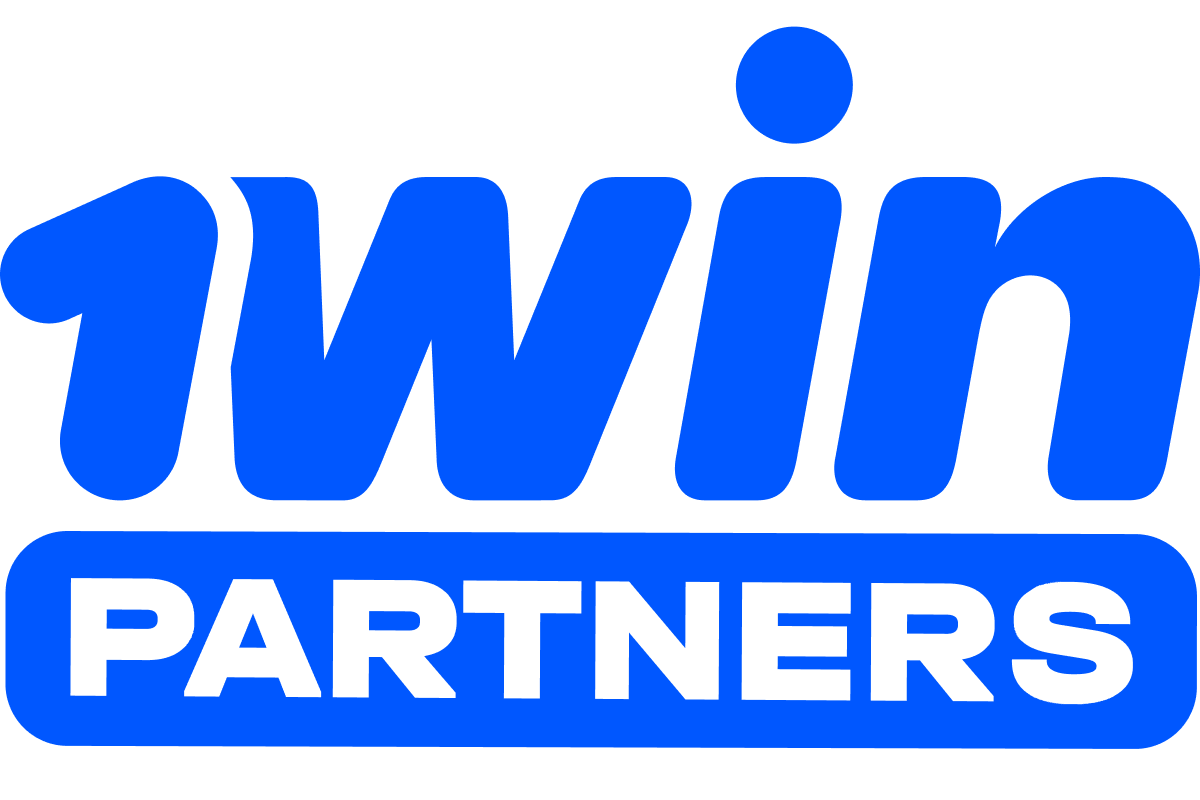Article was updated for 2024.
In the rapidly evolving landscape of digital content, podcasts have surged in popularity, prompting major platforms like YouTube and Spotify to compete fiercely for market dominance. Each platform brings unique strengths to the table, catering to different aspects of the podcasting experience for both creators and listeners.
While production values and budgets can vary wildly from podcast to podcast, at their core they are all the same: an audio-only experience with talking, music, or both. In this article, we’ll look at a brief history of the format, before discussing which platform is currently the best for listening to or hosting podcasts, YouTube, or Spotify. Read on to find out more.
Apple Leads The Way
The word ‘podcasting’ was first coined by a Guardian journalist in 2004. The term soon took on a life of its own and was used by everyone from MTV hosts to Steve Jobs, to George W. Bush.
Apple was an early proponent of the podcast, offering support for the format via its iTunes media software since 2005. The company went a step further in 2012, launching a dedicated mobile app, Apple Podcasts, for people to discover, download, and listen to podcasts. The app was made available across all Apple devices and now sees integration with Microsoft and Amazon Alexa systems.
There’s no doubt that Apple’s early and continued support of the podcast format was a major factor in the success it sees to this day. However, Apple’s place at the top of the podcast game was to be short-lived, as new contenders arrived on the scene.
Spotify’s Rise
Audio streaming service Spotify launched in 2006, it grew steadily at first before exploding in popularity, with the service currently boasting 433 million active monthly users. As the popularity of podcasting continued to increase, Spotify looked to get in on the action and offered fully featured podcast services through its platform.
By 2021, podcasting was more popular than ever before. Whether this was solely down to Spotify remains to be seen, but the platform certainly aided the growth of the format. With a vast array of shows, engaging search functions, and discovery features, and customisable favourites and playlists, Spotify soon became the go-to for podcasts, with the company revealing that 78% of users spent more time listening to podcasts than in the previous year.
Spotify’s personalised features and appeal to the Gen Z demographic would eventually prove too much for the dated Apple Podcasts app to compete with. In 2021, Spotify pipped Apple Podcasts as the largest podcast platform in the US, pulling in 28.3 million listeners. Experts predict that, by 2025, Spotify will boast over 13 million more podcast listeners than Apple.
Spotify seemed set to dominate the audio world, with a solid foothold on both podcast and music streaming services. However, it’s now facing a fight at the top from a formidable rival.
Does YouTube Offer More?
Perhaps motivated by the success Spotify achieved through its support of podcasts, video streaming giant YouTube made moves to optimise its platform for the format. YouTube’s podcasts come with videos or imagery, which has proved to be a substantial factor in the popularity of podcasts on the platform. For podcast purists, this might seem unfair, as a podcast is, by definition, a purely aural format. The results, however, are undeniable, and according to research, six in ten weekly podcast listeners revealed that they prefer podcasts with video. This has come as a major blow to Spotify, YouTube took its crown this year, with a 24.2% majority of listeners confirming that YouTube is their first port of call when it comes to podcasts.
In an effort to meet this consumer demand, Spotify began rolling out video podcast content, but failed to seriously compete with YouTube’s long-standing dominance of the format. Furthermore, YouTube put a range of measures and schemes in place to secure and maintain its market share, announcing earlier this year that it was offering $300,000 grants to podcast producers to create video versions of their content for the platform.
Here’s a detailed breakdown of the benefits and drawbacks of each platform, helping you decide which one suits your needs best.
YouTube: The Visual Powerhouse
Pros:
- Visual Integration: YouTube’s major advantage is its ability to incorporate video into podcasts. According to research, 60% of weekly podcast listeners prefer podcasts with video, which has given YouTube a significant edge over Spotify. This visual element not only enhances engagement but also provides creators with a platform to showcase their personalities and create a more immersive experience.
- SEO and Discoverability: YouTube’s robust SEO capabilities allow videos to rank both on YouTube and Google searches, vastly increasing the potential audience reach. Optimizing videos with the right keywords can lead to significant visibility and engagement.
- Monetization Opportunities: YouTube offers multiple ways for creators to monetize their content, including ad revenue, sponsorships, and affiliate marketing. The platform’s Partner Program allows creators to earn from ads shown on their videos, and features like Super Chat and channel memberships provide additional revenue streams.
Cons:
- High Production Requirements: Creating high-quality video content demands more equipment and effort compared to audio-only podcasts. This includes cameras, lighting setups, and potentially more advanced editing software.
- Platform Saturation: YouTube is saturated with diverse types of content, making it challenging for podcasts to stand out unless they are exceptionally well-produced and optimized for search.
Spotify: The Audio Giant
Pros:
- User-Friendly for Audio Content: Spotify is specifically tailored for audio content, making it a go-to platform for listeners who prefer to consume content passively while multitasking. Its interface is designed to make discovering and listening to podcasts seamless.
- Strong Personalization Features: Spotify excels in personalized recommendations, which helps users discover new podcasts based on their listening history and preferences. This feature has contributed significantly to its popularity.
- Ease of Use for Creators: Through its platform Anchor, Spotify offers an all-in-one service for creating, hosting, and monetizing podcasts. This includes tools for recording, editing, and distributing podcasts, making it accessible even for beginners.
- Background Listening: Unlike YouTube, Spotify allows users to listen to podcasts in the background while using other apps, which is a significant advantage for users on the go.
Cons:
- Limited Visual Interaction: While Spotify has started integrating video podcasts, it still lags behind YouTube in terms of video functionality. For creators looking to leverage visual content, Spotify might not be the best option.
- Competition and Discoverability: Although Spotify offers excellent discovery features, the sheer number of podcasts on the platform means that new shows may struggle to gain visibility without substantial promotion and audience engagement.
Conclusion
Choosing between YouTube and Spotify for podcasting depends largely on your content format and audience preferences. If you are looking to create visually engaging content and leverage video to build a strong personal brand, YouTube is the superior choice. It offers extensive monetization options and SEO benefits that can significantly boost your reach.
On the other hand, if you prefer focusing on audio content and value ease of use and discoverability through personalized recommendations, Spotify stands out as the better platform. Its user-friendly tools and background listening capabilities make it a strong contender in the podcasting space.
Ultimately, some creators might find value in leveraging both platforms. Recording video for YouTube while distributing audio versions on Spotify can maximize reach and cater to different audience segments, ensuring that you tap into the strengths of both platforms.
The surge in the popularity of podcasts was an unexpected one. The format drew impressive numbers during pandemic-related lockdowns, as people looked for ways to pass the time when stuck indoors, with many assuming the figures would dwindle as restrictions were lifted. However, millions of people continue to listen to podcasts, be it at home, when out for a walk, or on their commute to work, and the range and variety of podcasts available today is unparalleled.
Both Spotify and YouTube offer extensive features for both podcast listeners and creators, with the latter’s superior video functionality giving it the edge in terms of market share as things stand today. While simple, audio-only podcasts might be an advisable first choice for creators new to the format, incorporating video into podcast content seems to be the key to tapping into new and emerging consumer trends and preferences.


